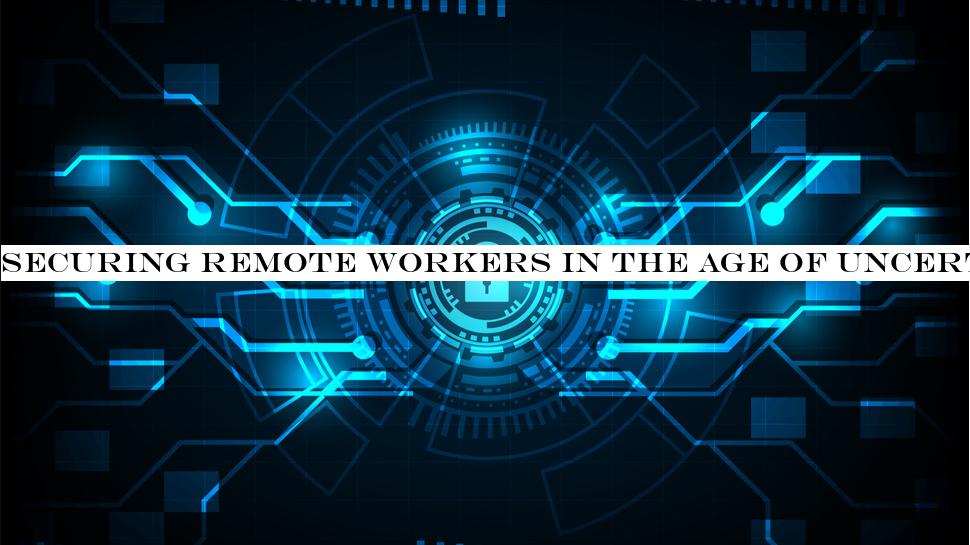INSUBCONTINENT EXCLUSIVE:
globally are now working from home in some capacity
sectors need to make strides in supporting remote and flexible working, even outside times of crisis.However, when facilitating this
Now, from Microsoft Teams, to Trello, to Evernote, companies are spoilt for choice when it comes to cloud-based tools to support remote
Further, cloud services such as video conferencing, instant messaging, and apps allow workers to collaboratively edit documents and keep
remote colleagues working together closely and productively, but security must also be factored in
Outside the four walls of the office, remote workers are far more vulnerable to cyberthreats
As the current global situation requires more employees to work from home, what better time for organisations to consider how they can
secure their remote workers?An unclear security situationWhen it comes to remote workers, organisations cannot be certain of how their
employees are accessing the corporate network
While it might be safe to assume that employees are currently using secure Wi-Fi at home, what about under normal circumstances? What if
access work documents and are they all password protected? All in all, when it comes to the security of remote workers, there are many
there are robust, useful security features that are embedded in the platforms and services have already paid for and use to support remote
Because most organisations have used third-party security providers for years, embedded security features are often overlooked or
disregarded in favour of legacy incumbent security products
Additionally, as there is a high number of features that come with enterprise software suites, this can sometimes mean really useful
security features are lost in the noise
However, organisations can enjoy huge benefit from identifying and using the cloud-native security features already in their arsenal.Looking
at what is already on offerFor instance, many Microsoft 365 (which includes Office 365, Windows 10 and Enterprise Mobility + Security) users
may not be aware of the many embedded security features that comes with the product
what device a remote worker opts to use, it can still be secured and managed effectively by the organisation
offers.Ultimately, employees working remotely may be out of sight of the central organisation, but they should not be out of mind
ever-changing regulations
Managing identities and access to cloud resources, securely managing mobile devices, detecting and responding to targeted attacks and
insider threats, and defending against malware, is a tall order for security teams.By exploring what features they may have already paid
for, organisations can help lighten the load of their security teams and help protect against advanced threats, and personal data from loss,
unauthorised access, or disclosure
At the same time, they will save themselves the task of finding new security tools and integrating them across their entire network and
Not only will this save time and cost, but it will afford businesses peace of mind in a period of uncertainty that their remote and flexible
workforce is secured.Alex Dalglish is UK Services Director at SoftwareOne

